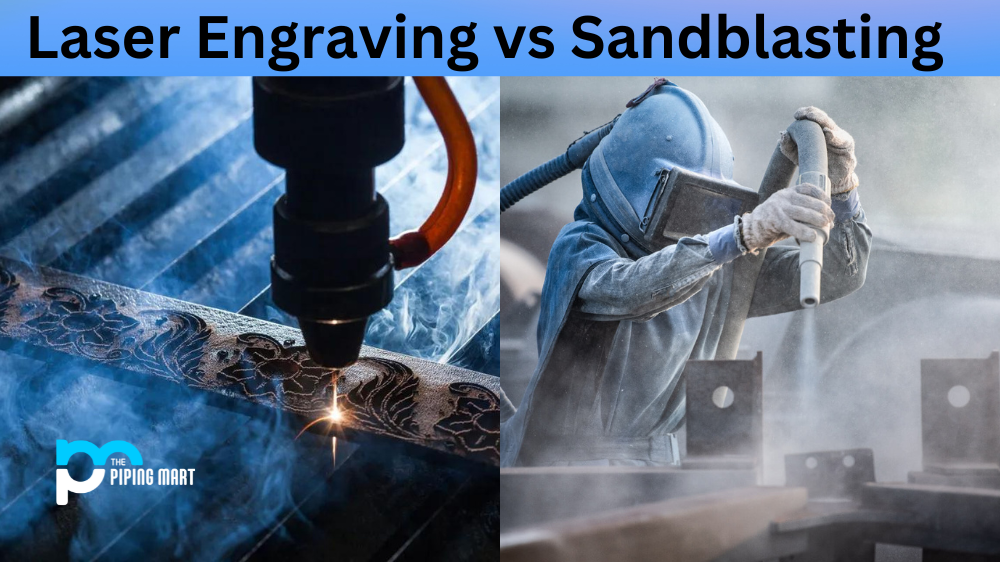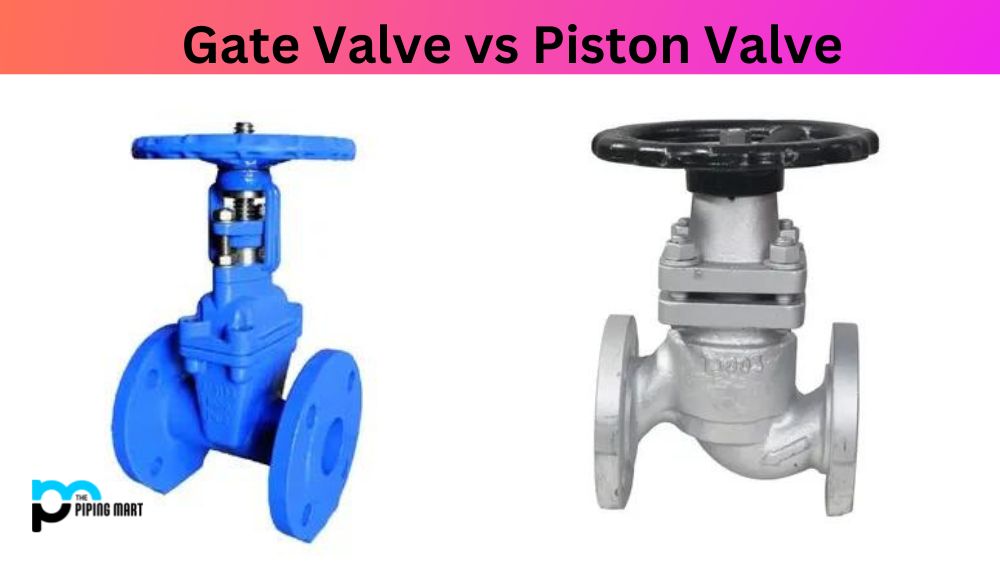Whether you’re looking for a way to enhance the look of your product or add some branding to a metal surface, laser engraving and sandblasting are two great options. But what exactly is the difference between these two processes? Let’s take a closer look.
Laser Engraving
Laser engraving is a precise and accurate form of marking metals with an intense beam of light. The heat created by the laser vaporizes small parts of the metal, creating an engraved mark that can be easily read. Laser engraving also has the advantage of being able to engrave on curved surfaces with very little distortion. It’s an excellent option for any project requiring intricate details or fine lines.
Sandblasting
Sandblasting is another effective method for adding markings to metal surfaces. A stream of pressurized air propels tiny particles onto the surface at high speed, resulting in an etched pattern or text. This process can be used to add logos or other designs onto metallic surfaces and create patterns or textured effects on softer metals such as aluminium or copper. The downside to sandblasting is that it can create uneven marks if done incorrectly, so it’s important to have experienced personnel operating the equipment when using this method.
Difference Between Laser Engraving and Sandblasting
The biggest difference between laser engraving and sandblasting is in their level of accuracy and detail. While both methods can produce excellent results, laser engraving offers more precision and finer details than sandblasting. This makes it ideal for projects where precision matters, such as medical devices or aerospace components. On the other hand, sandblasting may be preferred for larger-scale projects that require more coverage area than what laser engraving can provide.
Cost
Laser engraving can be more expensive than sandblasting, as it requires special equipment that can be costly to purchase or rent. Additionally, laser engravers often charge by the hour, so the cost of a project can add up quickly. Sandblasting, on the other hand, is typically less expensive, as it does not require special equipment and can be completed in a shorter amount of time.
Precision
As mentioned above, laser engraving is much more precise than sandblasting. This means that laser engraving can be used to create very detailed images or designs on metal surfaces. Sandblasting, on the other hand, is better suited for creating textured finishes or removing rust or paint from metal surfaces.
Damage to Metal
Another factor to consider is the potential damage that can be done to the metal during each process. Laser engraving will not damage the metal, as it does not require the use of any chemicals or abrasive materials. However, sandblasting can damage the metal if the sandblaster is not careful. This is because the high-pressure air can cause the sand to chip away at the metal surface if it is not properly controlled.
Time Required
Finally, it is important to consider how long each process will take. Laser engraving can take longer than sandblasting, as it is a more precise process. Sandblasting can be completed relatively quickly, as it does not require the same level of precision.
Conclusion
In conclusion, both laser engraving and sandblasting are effective methods for adding markings to metal surfaces, but each has its own unique advantages and disadvantages, depending on the specific application you need them for. Suppose you want precise details with no distortion. In that case, laser engraving is probably your best bet, but if you need something bigger, then sandblasting could be a better choice due to its wider coverage area and lower cost per square inch compared to laser engraving. Make sure you consider all factors before making your decision!
Meet Heer, a dynamic and driven writer learning tricks of her trade in the metal industry. With a background in Digital Marketing, Heer brings a unique perspective to her writing, sharing valuable insights. Apart from blogging she like reading and hiking.




